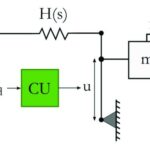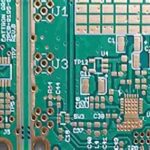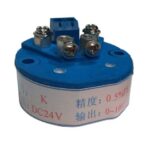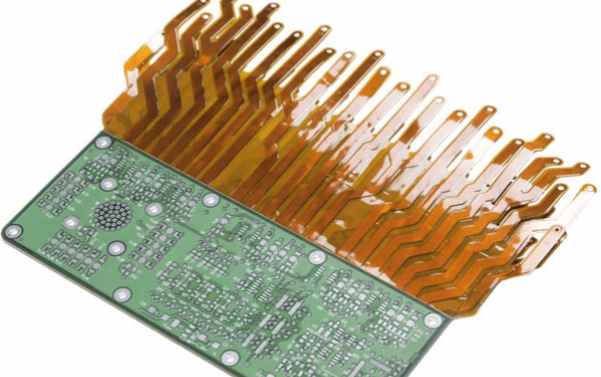Introduction
Printed circuit boards (PCBs) are essential components in almost all modern electronics. As devices get smaller and more compact, flexible PCBs (flex PCBs) have become increasingly popular. Flex PCBs offer many advantages over rigid PCBs, such as allowing for dynamic flexing and bending, fitting into tight spaces, and reducing weight. However, working with flex PCB manufacturers can be daunting, especially when requesting quotes. This article will provide a comprehensive guide on getting flex PCB quotes, covering topics such as:
Types of Flex PCBs
There are a few main types of flex PCBs that you may come across when getting quotes:
Single Layer Flex PCBs
As the name suggests, these have a single conductive layer. They are the most affordable option but lack complexity for advanced designs.
Two Layer Flex PCBs
These have two conductive layers, allowing for more complex circuitry than single layer boards. However, they cost more.
Multilayer Flex PCBs
These have three or more conductive layers. They allow for very complex circuit designs but are the most expensive option.
Rigid-Flex PCBs
These combine rigid and flexible substrates on the same PCB. This allows some portions to remain static while others can flex.
Flex PCB Specifications
When requesting a flex PCB quote, you’ll need to provide detailed specifications so manufacturers can accurately price your board. Here are some key details to have ready:
Board Dimensions
Provide the length, width, and thickness of the board in millimeters (or inches). Include any special shapes.
Layer Count
Specify the number of conductive layers you need. More layers allow for more complex circuits.
Dielectric Material
The separating insulating material between copper layers. Common options are polyimide, PEN, PET, polyester.
Copper Thickness
This determines conductor thickness, measured in micrometers. Common options are 12, 18, 25, 35um. Thicker copper can handle more current.
Minimum Trace/Space
The smallest trace width and space between traces, measured in micrometers. This determines PCB density.
Flexibility
Number of flex cycles required and bend radius. This impacts material selection.
Special Coatings
If special coatings are needed, like coverlay, stiffener, or encapsulant. This protects the flex PCB.
Materials
List any specific materials required, like lead-free, RoHS compliance, etc.
Quantity
How many boards are needed. Larger quantities get better pricing.
Other Requirements
Any special requirements, like via construction, controlled impedance, testing, etc.

Getting Flex PCB Price Quotes
Once you have your flex PCB specifications ready, it’s time to request quotes. Here are some tips:
Choose 3-5 Manufacturers
Get quotes from several manufacturers. But don’t overwhelm yourself with too many.
Send Complete Specifications
Provide all details outlined above. The more info you give, the more accurate the quote.
Request NRE Costs
Ask for both unit price and non-recurring engineering (NRE) costs which cover initial setup.
Confirm Lead Times
Ask how long production and shipping will take to ensure it fits your schedule.
Review Capabilities
Ensure the manufacturer can meet your requirements – materials, tolerances, QA, etc.
Compare Quotes
Look at total cost, not just unit price. Also consider capabilities, experience, reviews, etc.
Prototype First
Consider having a prototype made first before full production to confirm quality.
Tips for Getting the Best Flex PCB Prices
Here are some tips to potentially lower your flex PCB quote:
Relax Tolerances
See if you can widen trace/space tolerances to reduce complexity and cost.
Standardize Materials
Use standard materials from manufacturer’s capabilities rather than custom options.
Consolidate Orders
If you need boards for multiple projects, combine orders to get larger quantity discounts.
Optimize Layout
Minimize layers, vias, and complexity to simplify manufacturing and reduce cost.
Avoid Special Coatings
Only use special coatings if absolutely necessary as they add cost.
Review Shipping Options
Compare costs for different shipping methods and lead times. Ground may be cheaper than air.
Leverage Relationships
If you have existing vendor relationships, negotiate for better pricing. Offer future business.
Consider Location
Quotes may vary depending on manufacturer location and expertise.
Evaluating Flex PCB Quotes
Once you’ve received several flex PCB quotes, you’ll need to determine the best option by comparing a few factors:
- Total Cost – Consider both per unit cost and NRE fees. Calculate total cost.
- Lead Time – Ensure the lead time fits your project schedule.
- Quality – Review the manufacturer’s capabilities, tolerances, certifications, etc.
- Reliability – Choose an experienced company with good reviews and financial stability.
- Communication – Responsive sales reps with good technical expertise. English fluency helps.
- Proximity – Closer manufacturers simplify logistics and communication.
Weigh each factor along with price to find the best overall value. Getting samples before finalizing orders is recommended when possible.
Common Flex PCB Terminology
Here are some key terms you may encounter when getting flex PCB quotes:
- NRE – Non-recurring engineering fees – covers initial setup costs
- Tooling – Cost of fabricating masks and tooling for PCB production
- Prepreg – Fiberglass reinforced resin used to bond layers
- Annular Ring – Ring shape around a via or hole to connect layers
- Coverlay – Protective coating layer over flex PCB circuitry
- Controlled Impedance – Matching trace widths and dielectrics to control signal integrity
- Flex Reliability Testing – Testing cycles of dynamic bending to ensure durability
- UL Approval – Certification for safety from Underwriters Laboratories (UL)
Familiarize yourself with these and other terminology to better understand manufacturer quotes. Don’t be afraid to ask questions if anything is unclear.
Frequently Asked Questions
What are the typical lead times for getting flex PCB quotes?
Most manufacturers will provide quotes within 1-3 business days after receiving your specifications. Larger volumes may take slightly longer to quote accurately. Inform manufacturers of your project schedule so they can meet your expectations.
Should I get quotes from both domestic and overseas manufacturers?
Yes, it’s a good idea to get quotes from both domestic and overseas flex PCB companies. Overseas quotes are often much cheaper on unit costs, but you need to factor in additional shipping/logistics costs and lead times. Domestic manufacturers typically have faster turnaround but charge a premium.
What technical details do I need to provide to get an accurate quote?
You should provide as much detailed information as possible, including board dimensions, layer count, materials, minimum spacing/traces, flexibility requirements, coatings, quantity needed, testing requirements, etc. The more details you can provide upfront, the more accurate the quote.
Can I negotiate flex PCB prices with manufacturers?
Absolutely. Most initial quotes have room for negotiation. As you build a relationship with a manufacturer, you can negotiate better pricing, especially for higher quantities or future orders. Be reasonable and emphasize the value of future business.
Should I get a prototype made first before full production?
In most cases, yes. It’s smart to have a small prototype batch made first to verify the manufacturer’s capabilities and the quality of the boards before investing in a full production run. This reduces risks and confirms everything meets your requirements.









